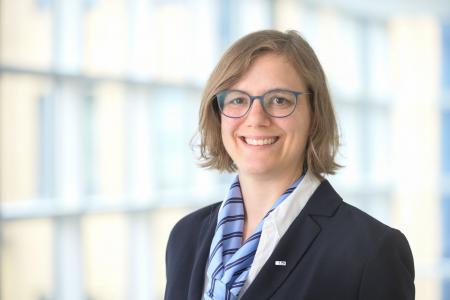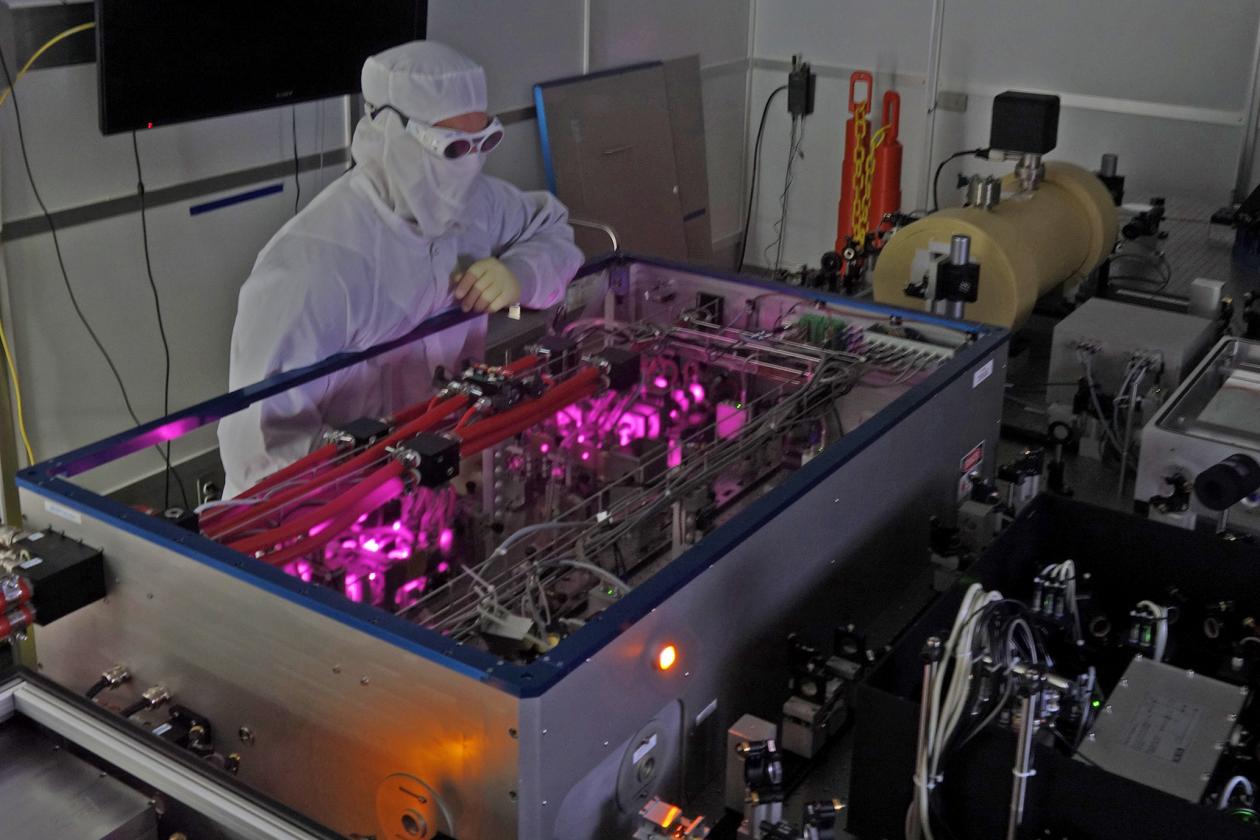Second detection of a gravitational wave confirmed
On December 26th last year, the two LIGO detectors in the US have caught another gravitational wave. The evaluation has now confirmed that the coalescence of two black holes could be recorded for the second time. The pair merged now was much smaller than that of the first gravitational wave detected in September 2015.
Again, the scientists of the Max-Planck-Institute in Hannover and Potsdam and of the Gottfried Wilhelm Leibniz Universität Hannover have contributed to the discovery. Since the first proof, among other things, they developed search methods for faint signals and new gravitational wave models.
However, the measurements are also the result of the highly modern detector technology that includes laser systems from the Laser Zentrum Hannover e.V. (LZH). Under the leadership of the Albert-Einstein-Institut (AEI), the institute has been developing ever more powerful systems for more than ten years. The lasers in the LIGO detectors were jointly constructed and integrated into the US observatories by the LZH, AEI and neoLASE, an LZH spin-off company.
The Advanced LIGO (aLIGO) systems in operation now have a five times higher output power compared to the previous versions that had been used for the confirmed detections. With these systems and the results of the researcher teams in Hannover and Potsdam, the astronomical science will see fundamental changes in the coming years.
More information about the latest developments:
- AEI press release: Gravitational waves detected from second pair of colliding black holes
- LIGO press release: LIGO Does It Again: A Second Robust Bina-ry Black Hole Coalescence Observed
Information about the first detection of a gravitational wave (Feb-ruary 2016):
- LZH press release: Milestone in physics: gravitational waves detected with the laser system from LZH
- AEI press release: Gravitational Waves Detected 100 Years After Einstein's Prediction
- LIGO press release: Scientists to provide update on the search for gravitational waves

